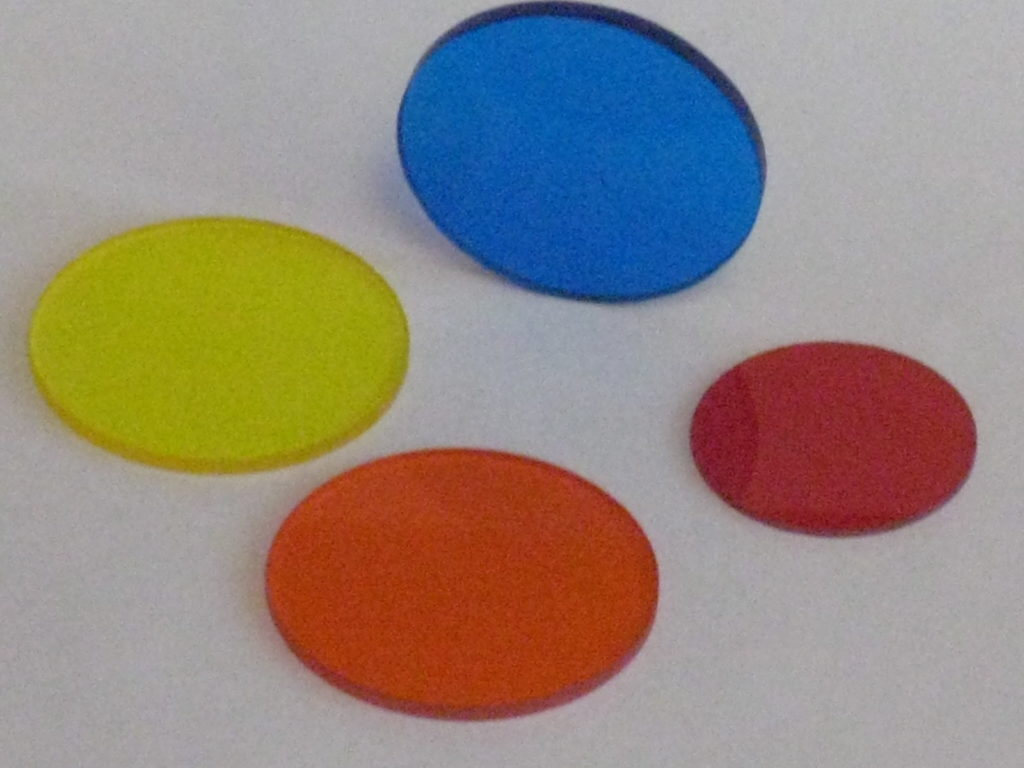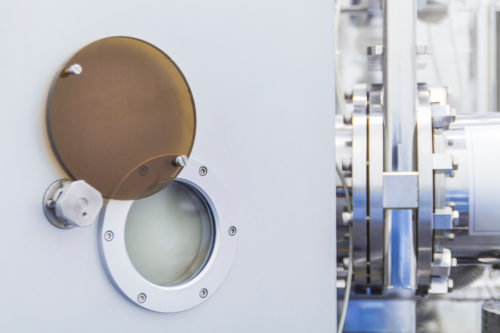
OPTICAL WINDOWS
An Optical Window is a mechanically flat, sometimes optically flat, depending on resolution requirements, ) piece of transparent (for a wavelength range of interest, not necessarily for visible light) optical material that allows light into an optical instrument. A window is usually parallel and is likely to be anti-reflection coated, at least if it is designed for visible light. An optical window may be built into a piece of equipment (such as a vacuum chamber) to allow optical instruments to view inside that equipment.
| Materials | Borofloat Colored Filter Glass Fused Silica Germanium N-BK Plate Glass Sapphire Zinc Selenide |
| Quality |
Parallel or wedged optical windows can be manufactured with laser grade surface quality and surface flatness for demanding applications. |
| Coating |
Anti Reflection coatings (AR and HEA) to improve the transmission from UV to IR wavelength regime. |
| Applications |
Sterling Precision Optics Optical Windows are used in many industries such as:
Sterling also has perfected the process to make underwater camera windows. These windows need to be very strong to withstand the pressures while they also need to be flat and parallel. Sterling achieves this through a tempering and repolishing process that it has developed over the years. A typical window is made from NBK7 (Tempered) and is 4 inches in diameter with a thickness of 2 inches with one surface AR coated. |
Borofloat is a brand name for a type of borosilicate glass produced by the German company Schott AG. Borofloat glass is known for its excellent optical and thermal properties, making it suitable for various applications. Borosilicate glass is a type of glass that contains boron trioxide, which imparts certain desirable characteristics, such as high thermal shock resistance, low coefficient of thermal expansion, and good chemical durability.
Borofloat glass is often used in industries and applications where these properties are crucial, such as in the manufacturing of high-performance optical components, laboratory glassware, and various technical glass products. Its ability to withstand rapid temperature changes without breaking makes it particularly useful in situations where extreme temperature variations are common.
It's worth noting that Borofloat is just one brand of borosilicate glass, and similar glasses with comparable properties may be produced by other manufacturers under different names.
Colored filter glass is glass treated or coated to exhibit specific color properties, selectively transmitting certain wavelengths of light while blocking others. Widely used in photography, lighting, and scientific applications, these filters find diverse roles in manipulating color balance, creating lighting effects, and isolating specific wavelengths for analysis. Whether enhancing contrast in black-and-white photography, shaping atmospheric lighting in theaters, or serving as safety glasses for specific types of light, colored filter glass is versatile. The color imparted to the glass is determined by materials like metal oxides or organic dyes, reflecting the diverse applications ranging from artistic stained glass windows to scientific experiments requiring precise control of light conditions.
Fused silica is a high-purity glass made by melting pure silica and is valued for its excellent optical and thermal properties. Widely used in optical windows, fused silica offers exceptional transparency across UV, visible, and IR wavelengths, low thermal expansion, high thermal resistance, chemical inertness, and low dispersion. These qualities make it a preferred material for optical components in applications such as scientific instruments, laser systems, and optical sensors, contributing to precise light transmission, temperature stability, and overall optical performance.
Germanium, a metalloid element, is valued in optical applications for its transparency in the infrared (IR) region. Widely used in IR optics, germanium is employed in lenses, optical windows, and detectors for applications such as thermal imaging, infrared spectroscopy, and environmental monitoring. Its high refractive index allows for compact optical system designs. Germanium's unique optical properties make it particularly useful in military, aerospace, and industrial settings, although it is not transparent in the visible or ultraviolet ranges. Despite being relatively expensive, germanium plays a crucial role in devices sensitive to thermal radiation.
N-BK7 is a borosilicate crown glass frequently used in optical windows and lenses. Recognized for its transparency in the visible and near-infrared spectra, N-BK7 exhibits low dispersion, ensuring minimal color distortion in optical systems. It boasts good mechanical and thermal stability, making it suitable for diverse environmental conditions. Versatile and cost-effective, N-BK7 is commonly employed in various optical components for applications ranging from cameras and microscopes to lasers and industrial optics.
Plate glass is a type of flat glass manufactured by pouring molten glass onto a horizontal surface and rolling it into sheets. Known for its flatness and smoothness, plate glass is commonly used in general-purpose optical windows for applications like cameras and microscopes. Its availability in various thicknesses provides flexibility, allowing for adaptation to specific optical requirements. While cost-effective, plate glass may lack the specialized optical properties required for highly precise applications, making it suitable for a range of optical uses but not ideal for situations demanding specific characteristics. Additionally, plate glass finds extensive use in architectural and decorative applications.
Sapphire, the crystalline form of aluminum oxide, is utilized in optical windows for its outstanding hardness, durability, and optical properties. As one of the hardest materials after diamond, synthetic sapphire is resistant to scratches and abrasions, making it suitable for harsh environments. Its transparency across a wide spectrum, high melting point, and chemical inertness contribute to its use in laser systems, sensors, and scientific instruments. While relatively expensive, the unique combination of properties in sapphire justifies its application in situations where extreme hardness, durability, and resistance to harsh conditions are crucial.
Zinc selenide (ZnSe) is a compound known for its transparency in the infrared spectrum, especially in the mid-wave and long-wave infrared regions. This makes it a preferred material for optical components in applications such as IR imaging systems, CO2 lasers, and aerospace technologies where infrared light transmission is essential. ZnSe offers good optical quality with minimal absorption or scattering, contributing to its use in maintaining the integrity of optical signals and images. While chemically stable and suitable for various environments, it is relatively soft, and care must be taken to prevent surface damage. Overall, zinc selenide is valued for its infrared transparency and finds applications in defense, aerospace, and laser systems.

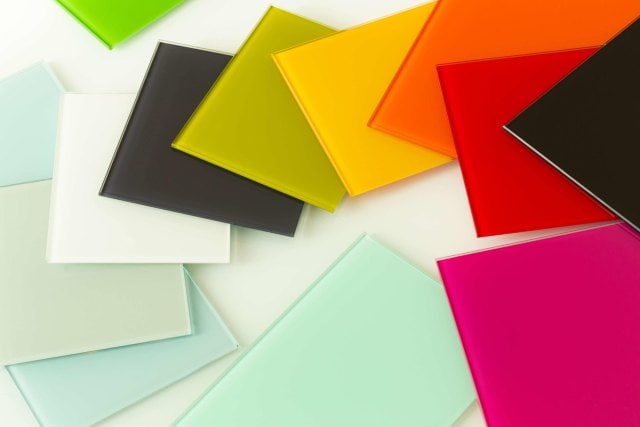 CUSTOM OPTICAL FILTERS
CUSTOM OPTICAL FILTERS
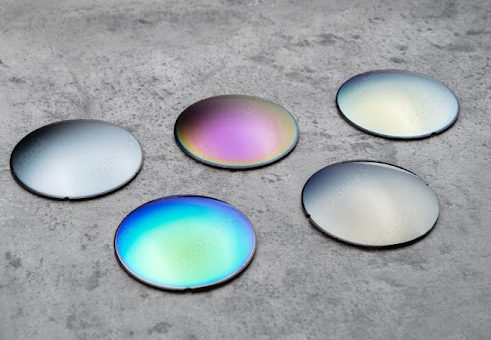 OPTICAL COATINGS
OPTICAL COATINGS
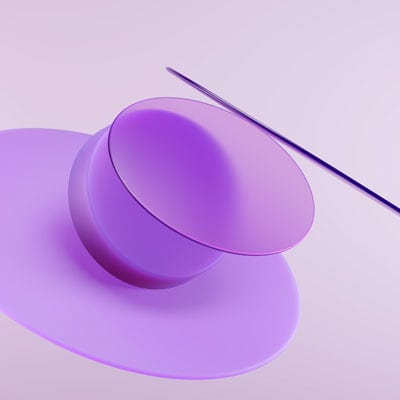 UV OPTICS
UV OPTICS
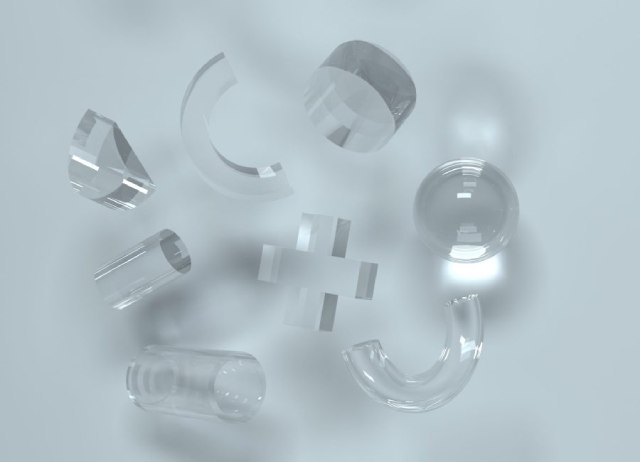 CYLINDRICAL OPTICS
CYLINDRICAL OPTICS
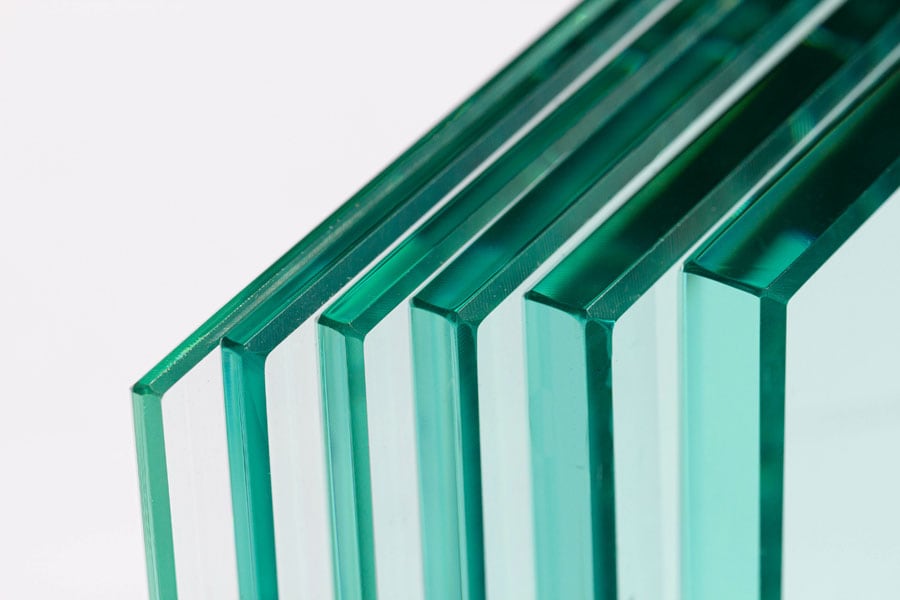 CUSTOM TEMPERED OPTICS
CUSTOM TEMPERED OPTICS
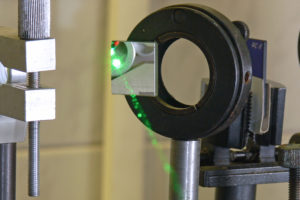 OPTICAL MIRRORS
OPTICAL MIRRORS
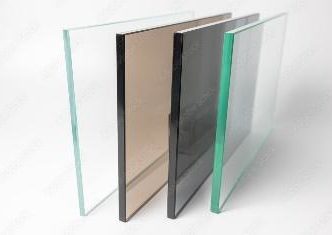 NEUTRAL DENSITY
NEUTRAL DENSITY
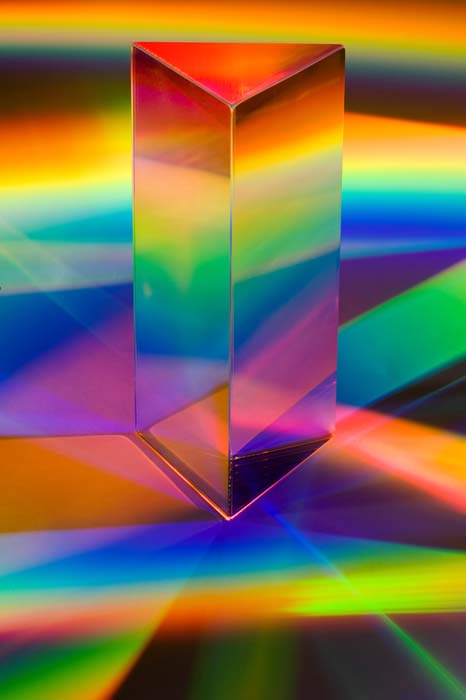 PRISMS & RETROREFLECTORS
PRISMS & RETROREFLECTORS
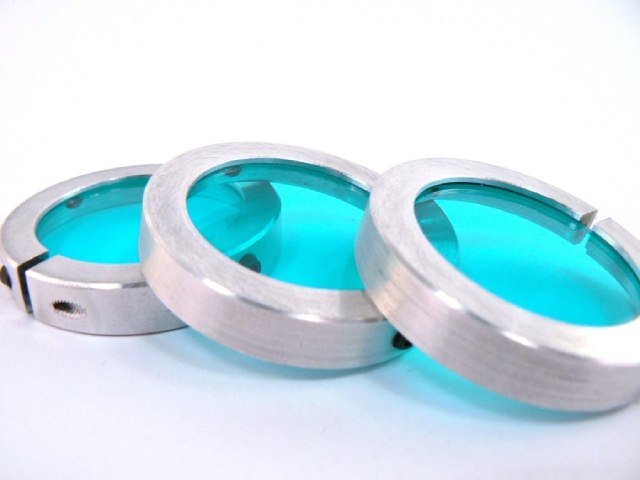 ASSEMBLIES
ASSEMBLIES
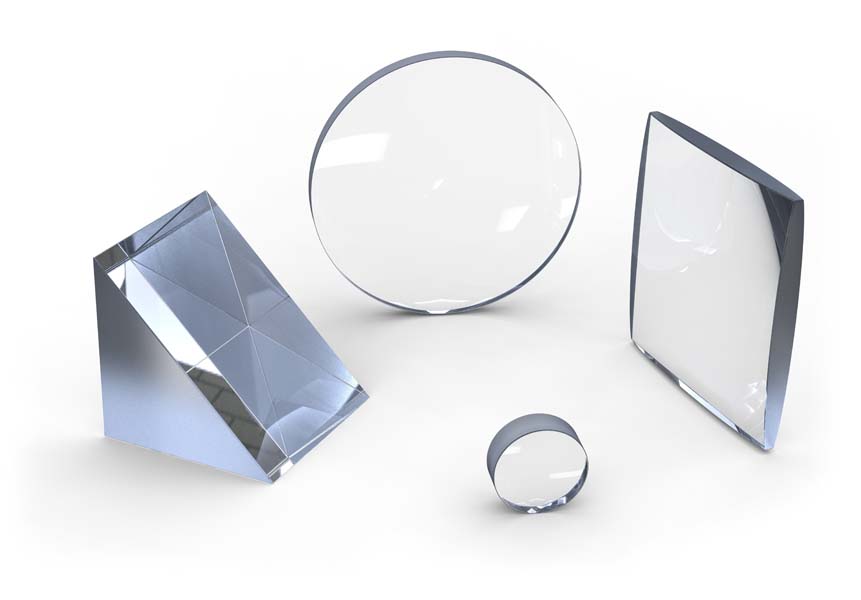 OPTICAL LENSES
OPTICAL LENSES
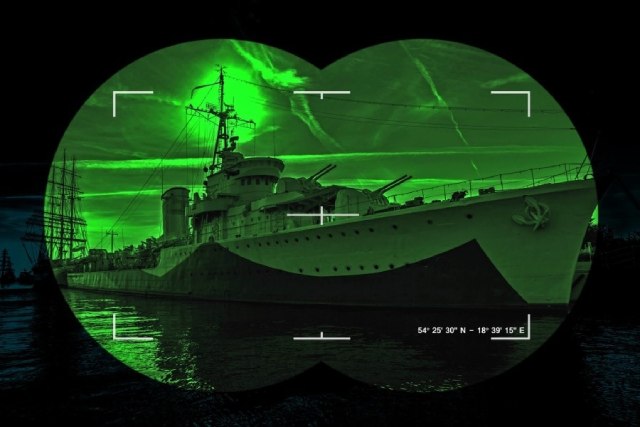 NIGHT VISION FILTERS
NIGHT VISION FILTERS
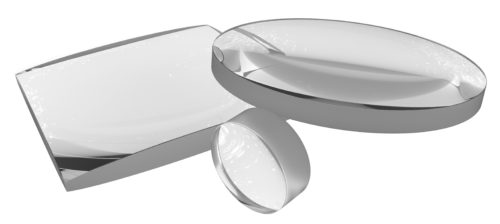 ACHROMATIC LENSES
ACHROMATIC LENSES
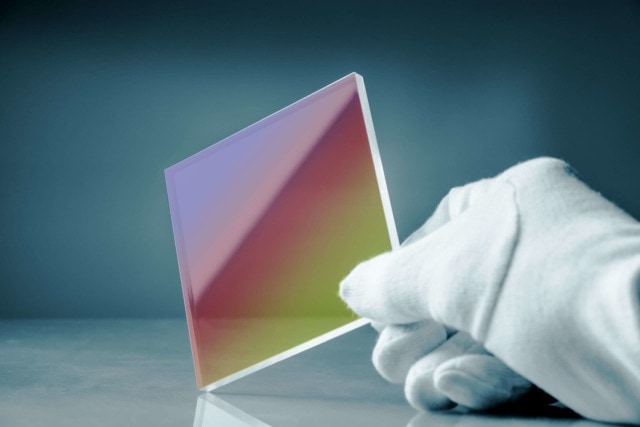 OPTICAL BEAM SPLITTERS
OPTICAL BEAM SPLITTERS
